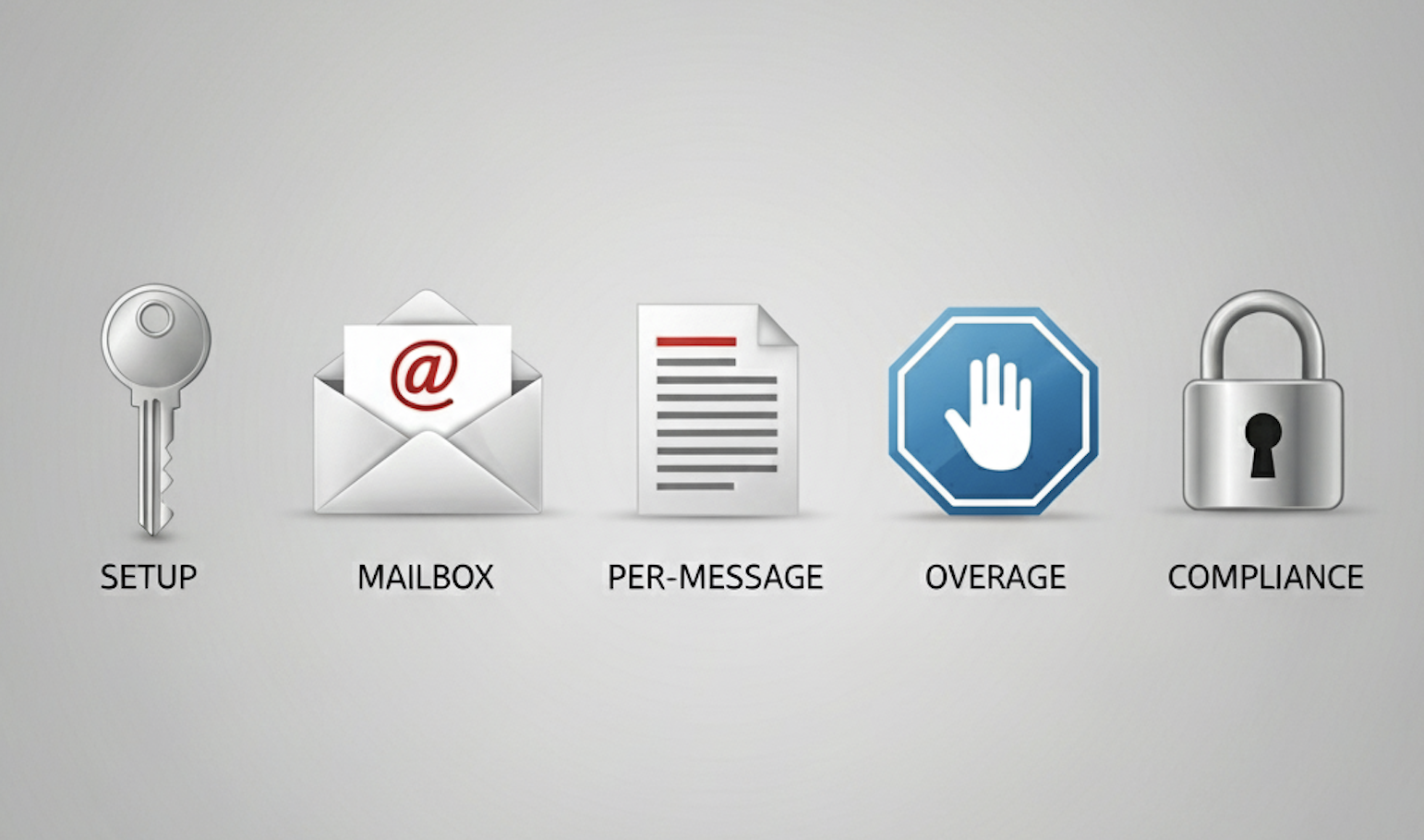

Electronic Data Interchange (EDI) remains the backbone of data exchange across modern supply chains—yet for too many businesses, hidden processing fees and opaque billing practices have transformed what should be a cost-reducing technology into a budgeting headache. If you’ve ever looked at your monthly VAN (Value-Added Network) invoice and wondered why it’s so unpredictable—or why it keeps inching higher—it’s time to pull back the curtain. As a company with deep roots in EDI migration and transparent pricing, we’ve seen hundreds of invoices and heard the frustrations from industry veterans firsthand. Here’s what you need to know about EDI processing fees (and how to finally avoid them for good).
The short answer: legacy pricing models and a lack of transparency. Many EDI VAN providers started in an era where high infrastructure costs and manual interventions were the norm—and, unfortunately, these costs kept creeping into modern contracts, often buried in line items you may not expect. Today, businesses are expected to pay for things that are neither technical necessities nor reflective of actual usage. These outdated fees continue because many customers simply haven’t had the time—nor found the right partner—to challenge the status quo.

Based on decades of experience guiding companies through their EDI migration, here are the fees you’re most likely to encounter—and a clear explanation of each.
These fees do little more than pad invoices. In reality, onboarding today is often automated—or should be, with a modern VAN. At Nexus VAN, we believe there’s no longer a technical justification for these fees, which is why we never charge them. You pay for what you actually transmit, not for simply getting started (learn more about transparent pricing).
This model penalizes high-volume businesses and often leads to unpredictable, month-to-month swings in cost. It's time to move away from per-message pricing in favor of a metric that's fair and scalable, like data usage (kilo-characters). At Nexus VAN, our pricing is structured to reflect actual data exchanged, not arbitrary message counts.
Some providers advertise low baseline rates only to make up for it when you exceed seemingly generous caps. If you’re growing—or if your business is even slightly seasonal—these fees can become a minefield. Nexus VAN is committed to never imposing overage penalties; instead, as your usage increases, your price per unit actually decreases through our tiered model (see how it works here).
In multi-site or enterprise environments, mailbox fees can add up fast—especially when you need separate mailboxes for production, test, or specific partner workflows. Unlike many providers, we do NOT charge mailbox fees, ever. Unlimited IDs and test/production mailboxes are always included in every plan.
Migration is one of the stickiest points for EDI customers—legacy VANs know it’s a pain point, so they charge for the privilege of escaping! At Nexus VAN, we offer risk-free migration and never charge migration or compliance fees. We handle the logistics, testing, and validation as part of onboarding, so you can confidently switch without budgeting surprises. See details about our process on our homepage.

Some networks lock your data behind “retrieval” fees or limit long-term access, even though digital storage is cheap and scalable. We believe high-quality VANs should include long-term archiving and full access by default. Up to 90 days of archived data is included in our plans; talk to us about custom requirements if needed.
We do not believe in nickel-and-diming users for access. Our philosophy: if you’re paying for EDI, your whole team should get the tools they need.
Transparency is key. If you can’t look at your usage and immediately see how your bill is calculated, you’re at risk of escalations in cost—with little leverage or forewarning.
Navigating the EDI landscape shouldn’t be a game of dodging hidden traps. Here’s how we help clients escape unfair fees for good:
Over the past few years, two key shifts have changed EDI forever: the rise of global, multi-partner commerce, and greater scrutiny from finance and IT leadership. No one can afford surprises on their tech stack, especially those affecting core revenue operations. Predictability, auditability, and cost management are now table stakes for any EDI solution—without these, process gaps and billing shocks are inevitable.

No. Properly managed EDI actually reduces costs by automating manual work, increasing speed, and eliminating errors. Modern VANs make it even more economical through fair, scalable pricing models with no hidden fees.
Absolutely. With trained specialists and a robust migration dashboard, the transition is seamless—with full visibility into every step. We guarantee zero trading partner disruption and support the process start to finish. Read more about our risk-free migration approach.
Yes, with the right provider. Make sure your VAN supports full encryption (in transit and at rest) and is SOC-2 compliant. This is the standard at Nexus VAN, giving you confidence that sensitive business information is always protected.
From simple data transfer to comprehensive mapping and a complete fulfillment portal (shipping/picking integration), we handle every aspect in-house—or can coordinate with your broader tech stack. See our Data Translation and Fulfillment Tools overview for more details.
If you’re frustrated by unpredictable EDI costs or tired of invoices packed with confusing fees, know there’s a better way. Nexus VAN was founded by professionals who lived through the worst of legacy VAN billing—then built a network on transparency, speed, and fairness. That means:
Let’s break the cycle of unpredictable EDI invoices—and give your team (and your CFO) true peace of mind. Schedule a risk-free demo or contact us for a straight answer to any fee you’re facing on your current bill. We’re ready to help you take control—on your terms, with no hidden surprises.